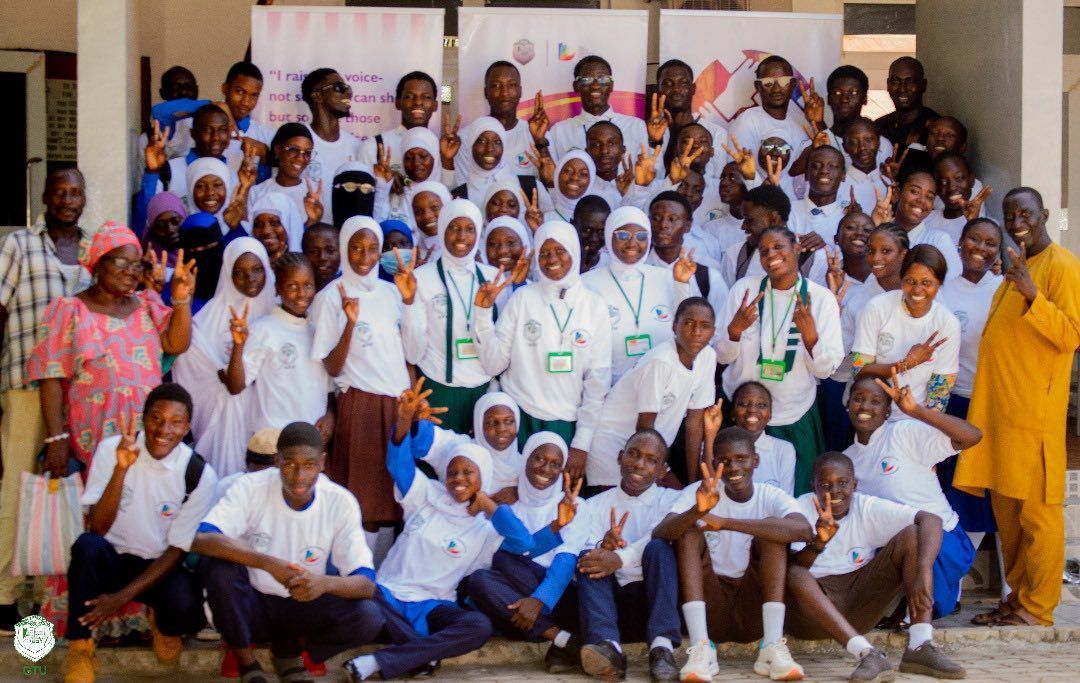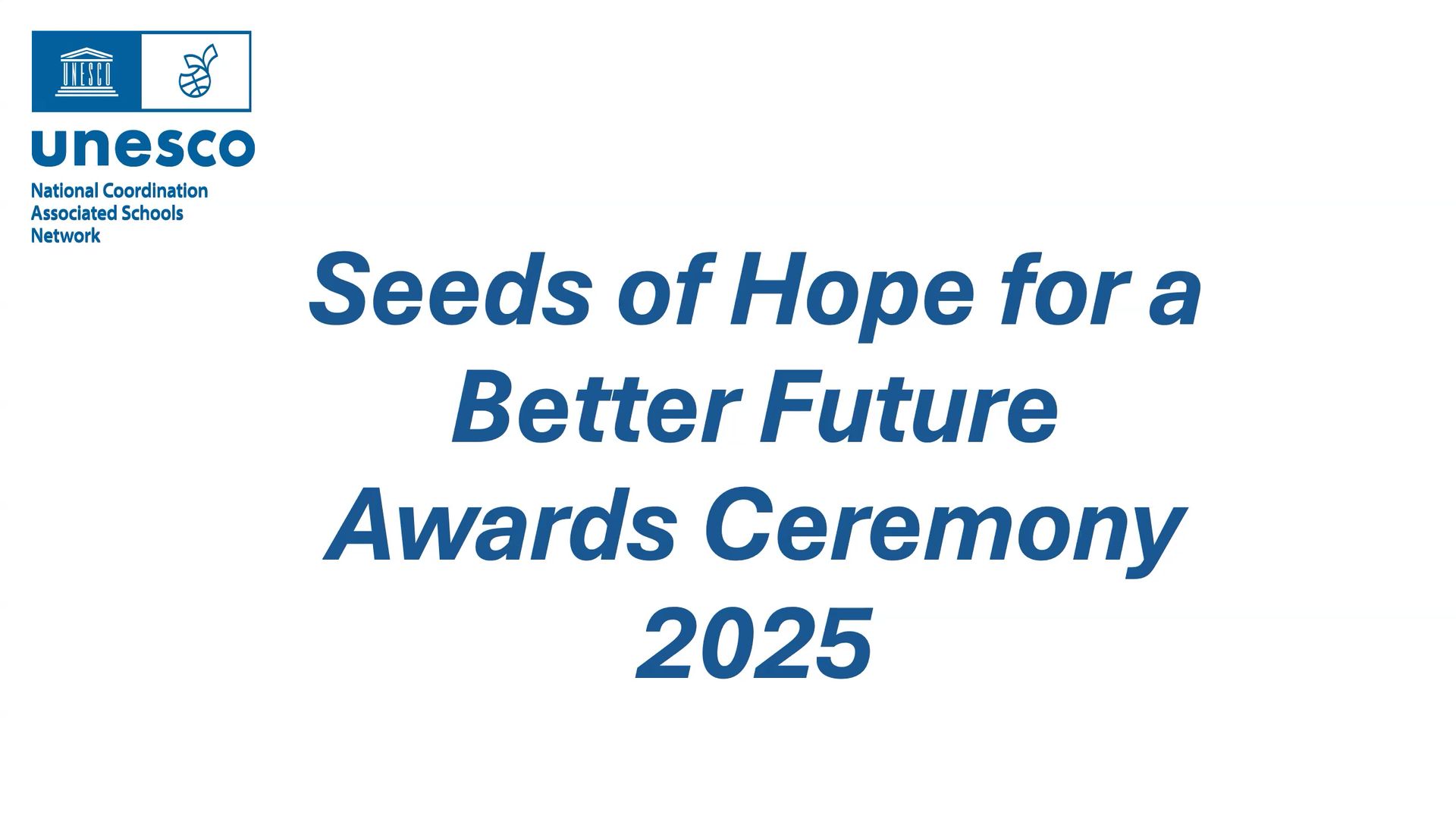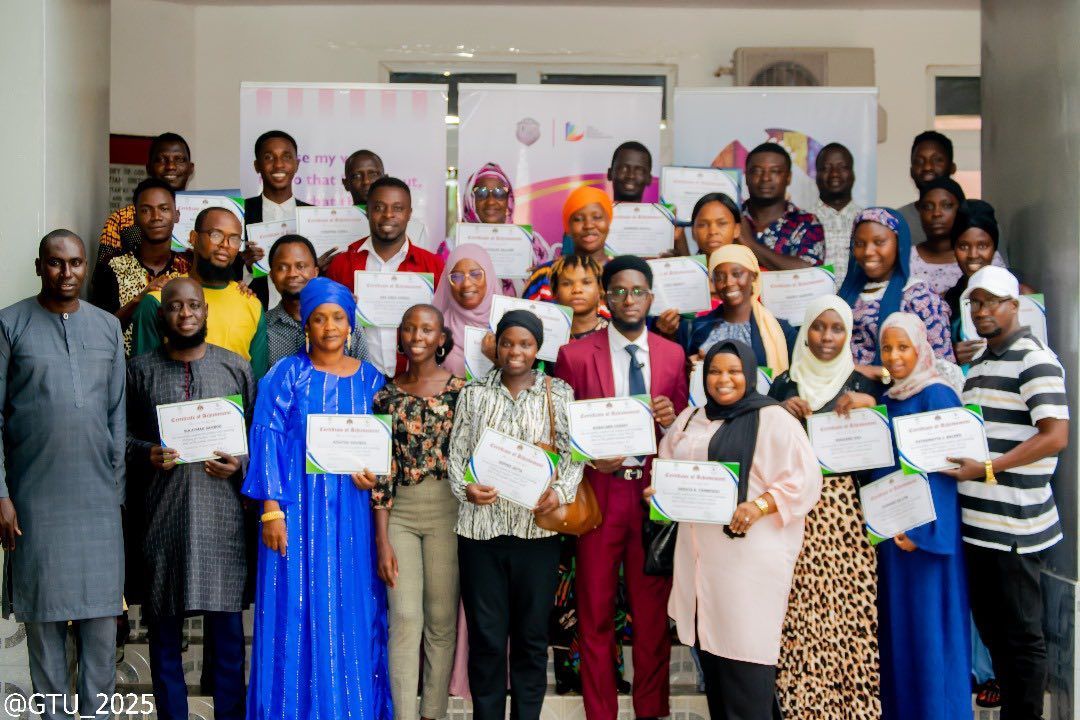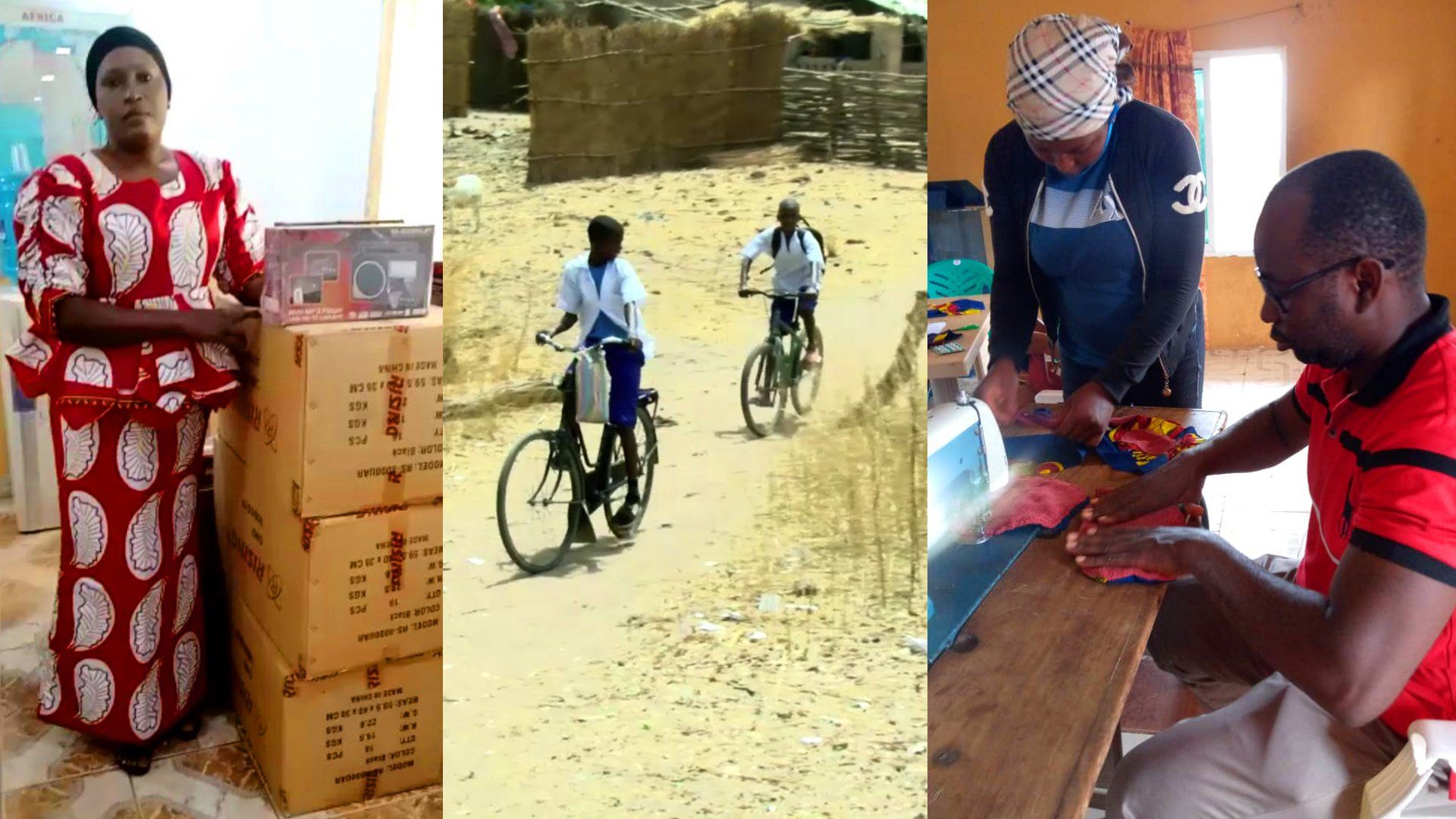Why change needs to be Global
One thing that the Pandemic has illustrated to everyone is how connected we all are to each other. We do not exist in bubbles, our groups are made up of people in other groups, who are connected to more groups and so on. Over the past year and a half we saw the virus spread rapidly across the world. We are all connected across the world.
If we eradicate Covid19 from the UK it will be back in a heartbeat. If we have a vaccination programme in only the wealthy countries, a new variant could bring us all back to square one. We need to eradicate it from the world.
It’s the same for education too. If we are able to get access to quality education right in one country, the problems caused by lack of education are still going to affect people across the world.
Despite improvements over the past decades, progress towards achieving education for all has stagnated and close to 260 million children are not able to access education. In some countries where children do go to school, they are not always able to complete their education.
It is often children from the poorest households, who live in rural areas and particularly girls who are not able to access education.
Marginalisation based on socio-economic status, gender, ethnicity, language, religion and location are all contributors to education inequality. The Covid-19 pandemic has compounded the inequalities children face in accessing their human right to education.
Lack of education, and therefore opportunities, in one part of the world leads to environmental degradation, loss of species, disruption of ecosystems leading to extreme weather and natural events, activities increasing global warming, and viruses jumping species. These things affect the globe.
So in the same way that we have to eradicate Covid19 from the globe, we also have to make education accessible throughout the globe. We are all connected, and a problem created in one place will affect everyone.
We have challenges in the UK and we are all rightly concerned about how we can fix our own problems locally. But we also need to think differently and work on ways to find solutions to problems globally, if we don’t, we will all be adversely affected in a wide range of ways. Working on a global level is a better safety net, and the only truly sustainable way to move forward.
Global change also needs to be achieved at grass roots level, chosen, developed and applied by the local people and culture of each area. It has been proven many times in our partnership work that If people are given the opportunity and work together they can find the unique solution that will work for them long term. That way it is not only sustainable but also is preserving and respecting culture and national differences.
The Steve Sinnott Foundation is working at a grass roots level to make a change to education in our partner areas. We share learning and adapt and replicate projects that allow children and young people access to education and opportunities, which we know from experience make a real difference to peoples’ lives. We will continue reaching out to people, connecting people in different countries, opening an international dialogue about the necessity of Education For All.
Steve Sinnott • August 31, 2021

In our continued commitment to ensuring quality and inclusive education for every child, we’ve taken our advocacy to a new level by empowering the next generation to lead the conversation. In partnership with The Gambia Teachers Union, we recently convened the Foundation’s Young Ambassadors for a vibrant day of engagement dedicated to promoting the right to education for all. The event brought together passionate students from selected senior secondary schools across Region One, including St. John’s School for the Deaf, to explore what it truly means to make education inclusive, equitable, and accessible to every learner.

The Steve Sinnott Foundation is proud to celebrate the inspirational winners of the 2025 Seeds of Hope for a Better Future competition, a global initiative supported by UNESCO that brings together creativity, community, and a shared commitment to peace and sustainability. This unique project invited schools across the world from nursery and primary through to secondary and high school to explore the values of peace, cultural understanding, and care for the planet. In the face of climate change, young people were asked to tell their stories through art, performance, and digital creativity, highlighting how small seeds of action can grow into powerful movements for hope. The results have been extraordinary. Schools in France, the UK, Gambia, Haiti, and Kenya have been recognised for their outstanding contributions, with projects ranging from community gardens and sculptures to dance performances and illustrated stories. Each winner has shown how young voices and imagination can nurture peace and sustainability in ways that inspire us all. The full Awards Ceremony can be watched linked here: S eeds of Hope For A Better Future Awards Ceremony 2025 Highlights from the Winners Oak View Primary and Nursery School (UK) created Faces of Feeling, a collection of joyful sculptures already exhibited in a local gallery. Judges praised their work as supporting the wellbeing of others and embodying the idea of children as true “Seeds of Hope.” St Joseph’s Senior Secondary School (Gambia) painted Campaign for a Sustainable Banjul , reflecting real-world climate action in their city. The judges described it as “a most deserving and robust winner.” In France , the Jardin d'Enfants des Nations Unies (United Nations Nursery School) won hearts with Wind of Peace , where 5-6 year olds combined drawings, paintings, and tree planting to champion reforestation. Lyng Hall Secondary School, Coventry (UK) collaborated with Henley Green Primary and the UK Literacy Association to produce The Heart Shaped Hole – an innovative and metaphorical take on Seeds of Hope. Earlsdon Primary School, Coventry (UK) impressed with Primary Plot , a project that included gardening with the visually impaired, reflecting inclusivity and sustainability. A remarkable cross-collaboration between 21 schools across West Yorkshire, Essex, and Tower Hamlets (UK) resulted in Lights, Camera, Score , an ambitious combination of animation, music, and storytelling. CIMA Community School of Hope, Haiti shared Konbit - a video of dance and solidarity, inspiring villages to work together for peace and dignity. Daraja Academy, Kenya presented an ambitious and optimistic project integrating sustainability into everyday school life. Celebrating Creativity and Peace This year’s competition was judged by an impressive panel of artists, writers, and cultural leaders including Sir Antony Gormley, Edmund de Waal, Dame Liz Forgan, Hugh Quarshie, and Rathna Ramanathan. Their collective expertise highlighted the quality and depth of the entries, each of which showed how art can be a powerful tool for global understanding and change. The Seeds of Hope initiative is part of UNESCO UK’s Arts and Culture for Peace programme, first launched in 2022. It has grown from earlier collaborations such as the Coventry Young Ambassadors’ Islands of Peace Japanese Garden , opened in 2021 a living reminder that seeds planted in communities can continue to flourish. Highlights from the ceremony can be found here at this playlist Looking Ahead As Ann Beatty, UNESCO ASPnet UK National Coordinator , shared: “The quality of entries was extraordinary. We are delighted at the response to this amazing initiative in collaboration with our international partners.” And in the words of judge Jannette Cheong : “Young people around the world understand well the value of peace and tolerant relationships between cultures. Their creativity is an inspiration to all of us.” At The Steve Sinnott Foundation, we believe that education is the seed from which hope grows. The Seeds of Hope competition is a shining example of how young people through creativity, compassion, and collaboration are already shaping a more peaceful and sustainable future. You can access the full online awards presentation here: Seeds of Hope For A Better Future Awards Ceremony 2025

The journey to strengthen the well-being and success of learners in The Gambia continues with a renewed commitment to guidance and counselling in schools. By August 14th 2025, we have successfully trained 140 educators across 𝐑𝐞𝐠𝐢𝐨𝐧𝐬 𝟏, 𝟐, 𝟑 & 𝟒 under our Guidance & Counselling Programme. A programme designed to equip educators with the skills to support students’ academic, social, and emotional development. Region 3 Teachers Complete Level 2 Training On Wednesday, 6th August, thirty teachers from Region 3 (North Bank Region) began a three-day Level 2 Guidance and Counselling training at the Christian Council in Kanifing. This programme built on their earlier Level 1 training in Farafenni, with a focus on deepening their capacity to serve as school-based counsellors. The training concluded with a certificate presentation ceremony, recognising the teachers’ commitment and marking an important step in their professional development. These certificates symbolize more than an achievement; they represent each teacher’s readiness to provide psychosocial support, guidance, and mentorship to learners across their schools.


